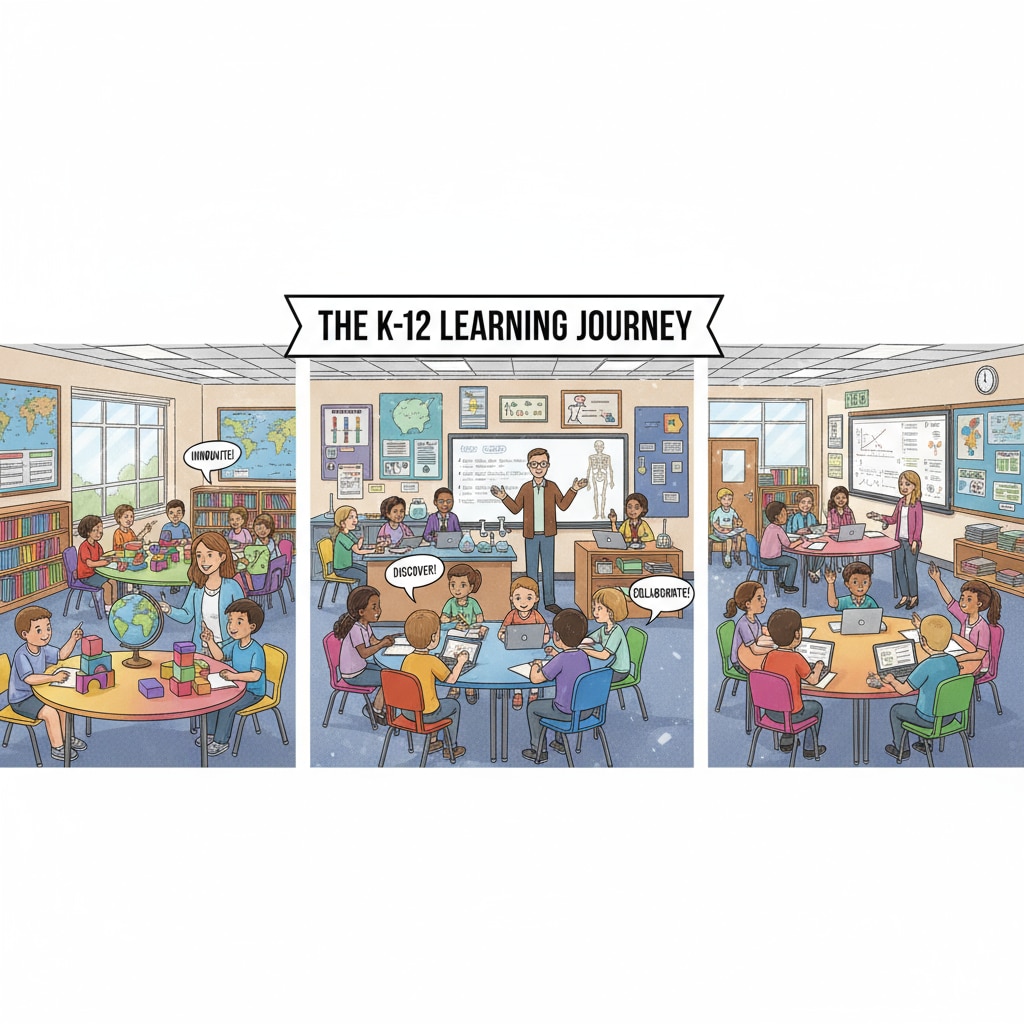The Trump administration’s actions regarding education reform and the Department of Education have been a topic of great interest. The radical proposal to close the Department of Education and restructure the K-12 education system sent shockwaves through the US education community.

This move was not without its underlying political ideologies. For example, there was an emphasis on reducing federal intervention in education, believing that local communities and states should have more control over educational matters. As stated on Wikipedia’s page on the United States Department of Education, the role of the federal department has always been a point of contention in the US education landscape.
The Political Rationale Behind the Reform
The Trump administration held the view that a more decentralized education system would lead to better outcomes. They believed that local schools and districts, being closer to the students and their families, could make more informed decisions. This was part of a broader philosophy of reducing the size and influence of the federal government in various sectors. In addition, there was an argument that a more market-driven approach in education, with increased competition among schools, would improve the quality of education. For instance, charter schools were seen as a way to introduce competition and innovation into the K-12 system.

Possible Substantive Impacts
One of the potential impacts of these reforms was on funding. Closing the Department of Education could have led to significant changes in how federal funds were distributed to states and schools. Without the central department’s oversight, there was a concern that some regions might receive less funding, especially those that were more dependent on federal aid. Moreover, the restructuring of the K-12 system could have affected curriculum standards. With more local control, there might be a lack of consistency across the country. As mentioned on Britannica’s page on education in the United States, a unified education system has its benefits in ensuring a certain level of quality and equality.
Another aspect was teacher training and certification. The shift in the education system could have led to changes in how teachers were trained and certified. Local initiatives might not have the same resources or standards as those set by the federal government. This could potentially impact the quality of the teaching workforce in the long run.
Readability guidance: We’ve used short paragraphs to present the information clearly. For example, in the section about impacts, we’ve listed different aspects like funding, curriculum, and teacher training. This makes it easier for readers to understand the key points. Also, we’ve used transition words such as ‘moreover’ and ‘another’ to connect different ideas smoothly.


